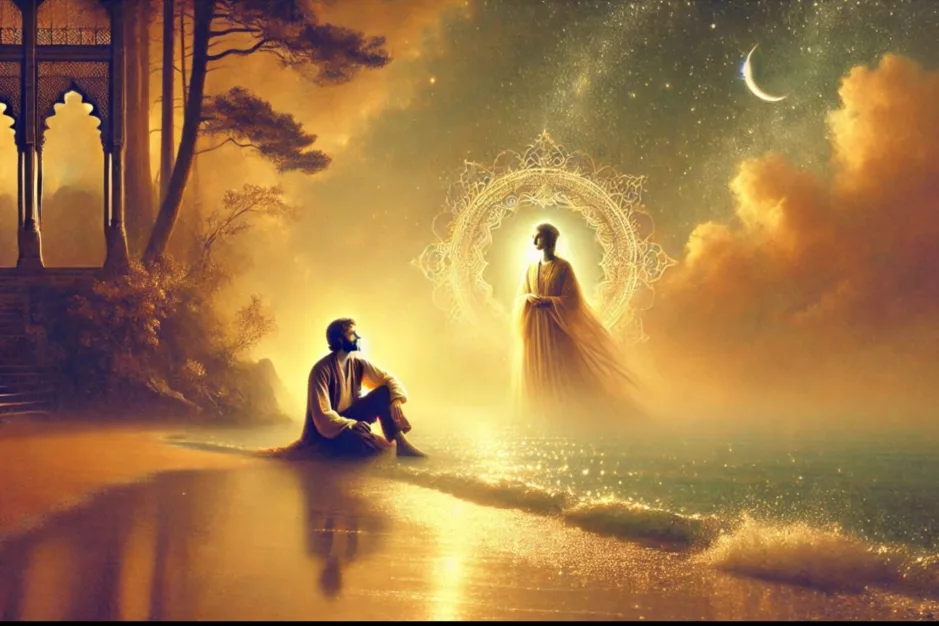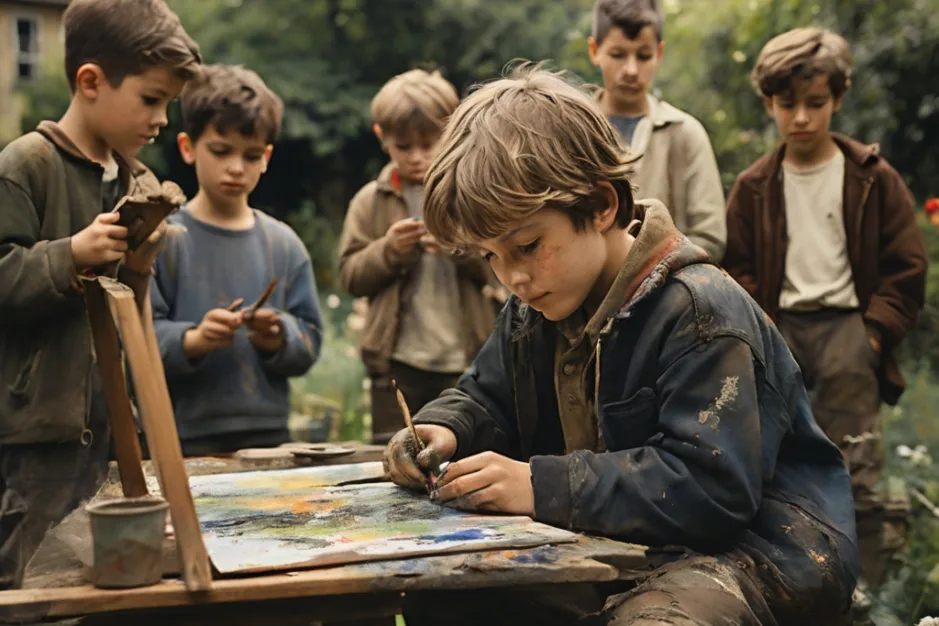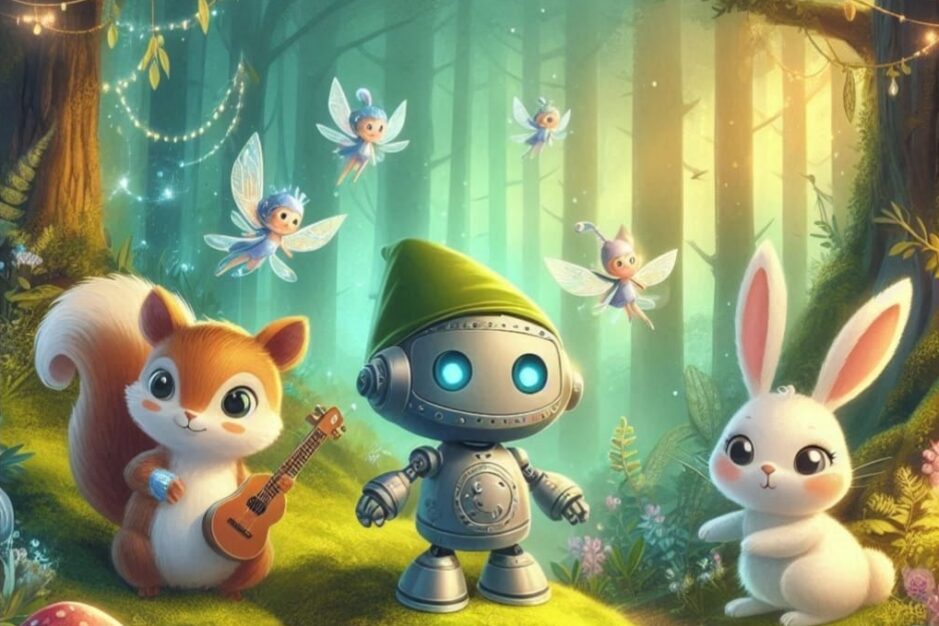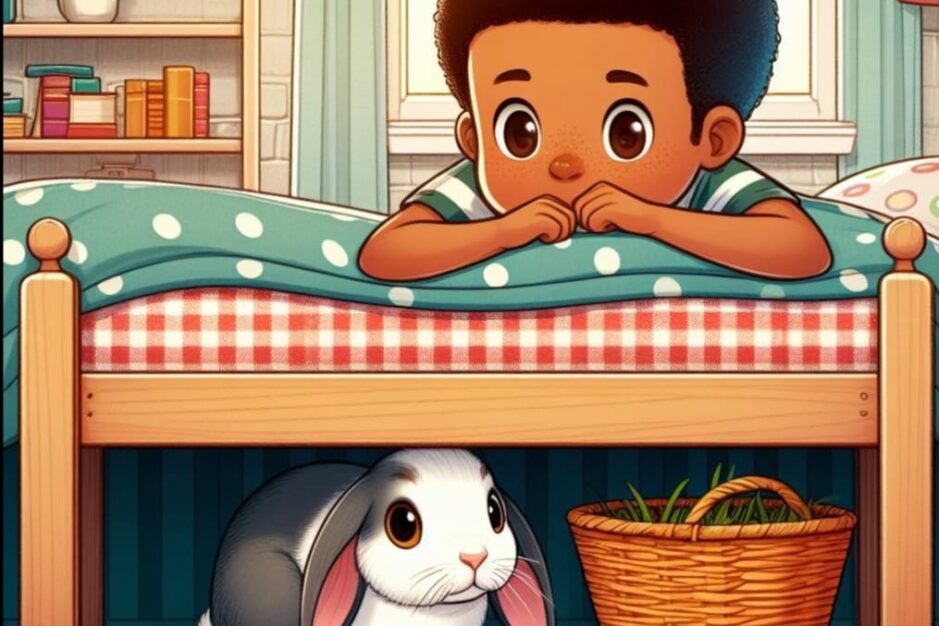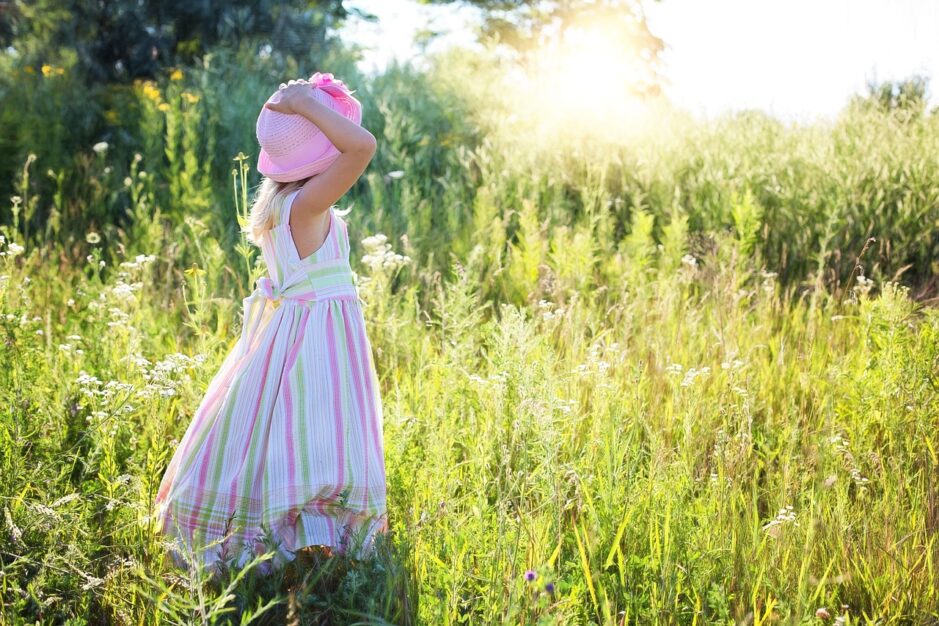What is Creative Writing?
Creative writing is the art of expressing thoughts, feelings, and ideas in an imaginative and original way. Unlike academic or technical writing, which follows strict structures and facts, creative writing allows for freedom, experimentation, and personal voice. It’s the kind of writing that brings stories to life, paints vivid pictures with words, and taps into the emotions of both the writer and the reader.
Forms of Creative Writing
Creative writing comes in many shapes and sizes.
Some common forms include:
Fiction: Novels, short stories, and flash fiction are classic examples. These works are born from imagination, though they may be inspired by real-life events or people.
Poetry: This form emphasizes rhythm, imagery, and emotion. It ranges from structured sonnets to free verse.
Drama and Scriptwriting: Plays, screenplays, and dialogues written for performance are also forms of creative writing.
Creative Nonfiction: Memoirs, personal essays, and travel writing often blend factual events with narrative techniques to make true stories engaging.
Children’s Literature: Stories written for young readers often mix imagination with moral or educational elements.
Elements of Creative Writing
Certain elements are essential to creative writing:
Imagination and Originality: The heart of creative writing lies in fresh ideas and unique perspectives.
Character and Plot: Especially in fiction and drama, strong characters and a well-structured plot engage the reader.
Descriptive Language: Creative writing uses vivid, sensory language to bring scenes to life.
Voice and Tone: A writer’s personal style and the mood of the piece are crucial for connecting with the audience.
Theme: Good creative writing often explores universal ideas like love, identity, conflict, and change.
Why Creative Writing Matters?
Creative writing is more than just storytelling; it’s a powerful tool for self-expression and communication. It helps individuals process emotions, understand the world around them, and connect with others on a deeper level. In education, it builds vocabulary, critical thinking, and empathy. For professionals, it enhances communication skills and imagination.
Getting Started
Everyone has a story to tell. To begin writing creatively:
Start with a journal or notebook.
Try writing prompts to spark ideas.
Read widely to understand different styles.
Don’t fear mistakes—first drafts are meant to be messy.
Share your work for feedback, and keep writing.
In conclusion, creative writing is both an art and a skill. Whether you’re crafting an epic novel or a single poem, it opens the door to endless possibilities. All you need is a little imagination and the courage to put your words on the page.

